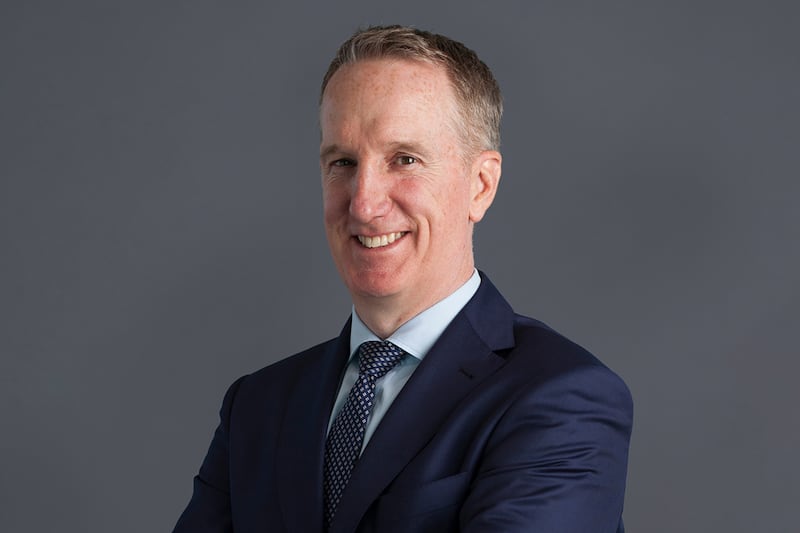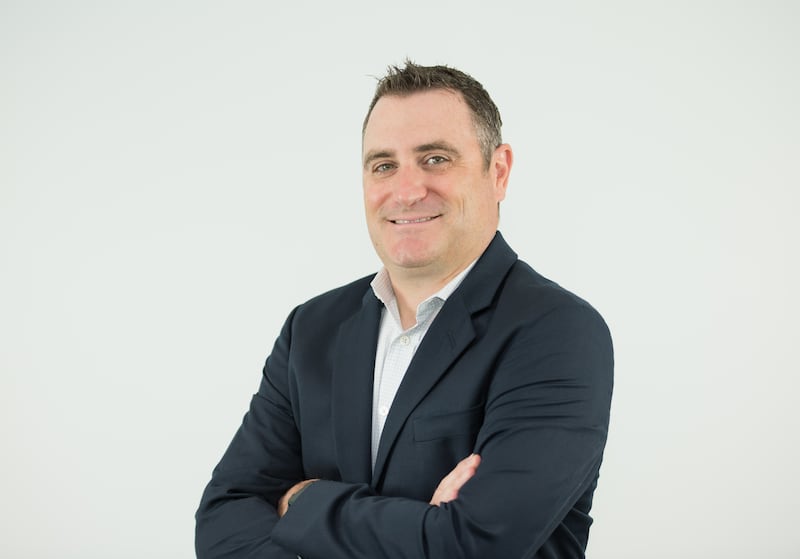The new EU Medical Devices Regulation (MDR) aims to improve healthcare through enhanced safety and performance and introduces new technical documentation, as well as clinical data and evaluation requirements.
Although the MDR was enacted in 2017, the regulations are not yet fully implemented, largely because of the pandemic and other delays. It was envisaged that all medical devices would be required to be certified or recertified under MDR by May 26th, 2024 but an extended transition period has now been agreed which allows for certification by 2026, 2027 and 2028 for different classes of devices.
The regulation should lead to a more uniform approach to medical device regulation across the EU and while it offers new opportunities for R&D and innovation, it will also present significant challenges for those in the medtech industry.
The MDR will bring many positive changes; for example, certain products that do not have a medical purpose are now regulated, says Colin Kavanagh, partner at Arthur Cox.
RM Block
“In addition, stricter and more detailed clinical evaluation and evidence will apply, along with the introduction of unique device identifiers, and an update of the EU online database for medical device information,” says Kavanagh.
Yet there is significant pushback from the industry, which says the enhanced requirements for clinical evidence, increased focus on quality and risk management, and post-market surveillance are requiring sweeping changes in operations, financing and market strategies for medical device companies.
According to Dr Emer Sherry, senior executive with the Irish Medtech Association, the regulation represents the greatest change for the regulatory system in over 20 years.
“The medtech industry has been a proven supporter of the EU MDR’s goals and has invested significantly into the transition process,” says Sherry. “However, the consensus amongst the membership is that the regulatory framework is unpredictable, complex, slow and costly.”
She says that, as a result of MDR implementation challenges, 50 per cent of medical device companies are deprioritising launching products in Europe and putting innovation projects on hold.

“It is critical that regulation strikes the right balance between fostering innovation and safeguarding public health,” says Sherry.
The Irish Medtech Association has now cosigned a letter with 34 other trade associations across Europe calling for a comprehensive structural reform of the EU regulatory framework.
Kavanagh points out that while the compliance requirements are onerous, businesses have had several years to work through these issues. He believes the biggest single challenge and risk to business is the requirement to resubmit devices already on the market for approval.
“With a reduction in the number of notified bodies available to carry out the assessments, this has led to significant delays in completing the reapproval process for many businesses,” he says. “Although the re-approval process makes sense, in many cases a more risk-based approach may have been more practical.”
Device manufacturers have experienced higher costs and longer timelines for developing new products, as well as a requirement for costly new clinical evidence generation to recertify many legacy products, agrees Cynthia Nolte, director, regulatory affairs in strategic regulatory services with Icon.

Icon is assisting its customers in addressing the many challenges associated with the MDR as these companies work to ensure that their products are accessible to patients in European markets, says Nolte. She echoes Kavanagh, saying that manufacturers transitioning products to the MDR regulations are experiencing lengthy review times due to issues regarding notification.
She says that, despite efforts to ensure consistency, “Icon is observing a lack of alignment across notified bodies in their interpretation of the regulations”.
“And in certification audits, manufacturers are finding that notified bodies are raising issues with previously audited materials that are not associated with the MDR,” she adds.
However, Nolte points out that complying with the regulations provides manufacturers with an opportunity to audit portfolios and eliminate unprofitable products.
“The reassessment process can support in identifying areas that need increased focus or, indeed, any gaps in the R&D pipeline, ultimately supporting the goal of gaining market share and developing and promoting new products,” she says.
Chris Collins, country president with Schneider Electric, agrees that while these regulations aim to improve patient safety and device capability, they simultaneously pose “considerable compliance challenges” for the industry.
“The stricter evidence requirements will put greater demand on data integrity, providing more comprehensive information for pre-market approval and continuous post-market surveillance of the technology in situ,” he says, adding that this will this will ultimately increase costs and time to market.
Schneider Electric has been working with many manufacturers of medical devices to help them solve the challenge of data contextualisation, from the testing to post-delivery stages, thus reducing the extra work associated with MDR.
“These capabilities enable manufacturers of medical devices – regardless of a business’s size or how long it has been operating – to meet these new regulations head-on, providing all the necessary information with minimal disruption to production.”

















